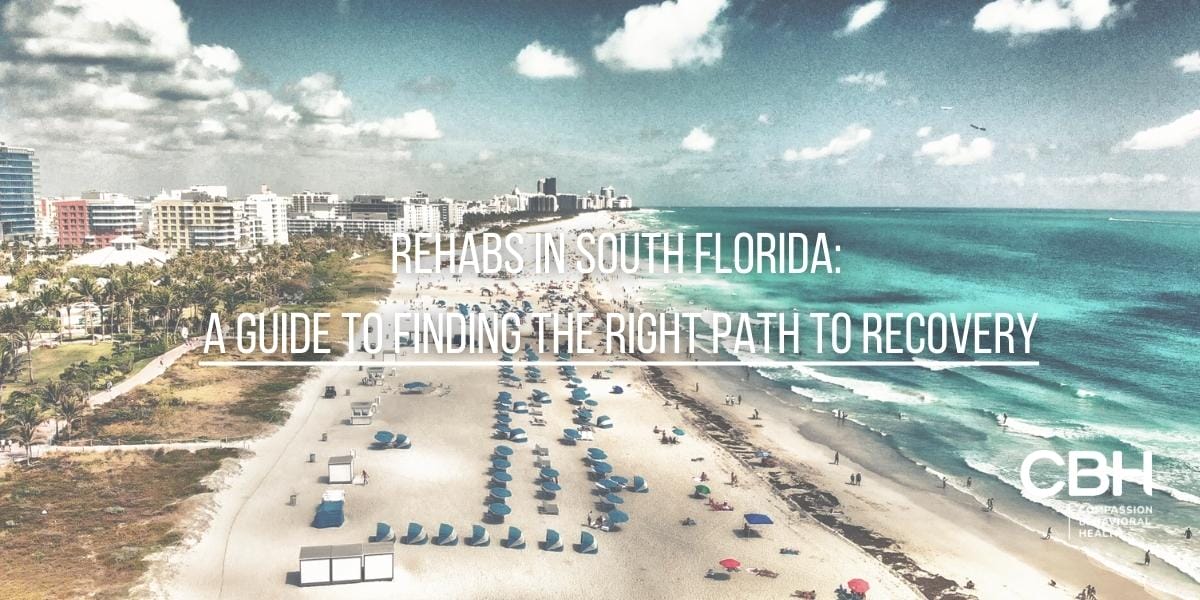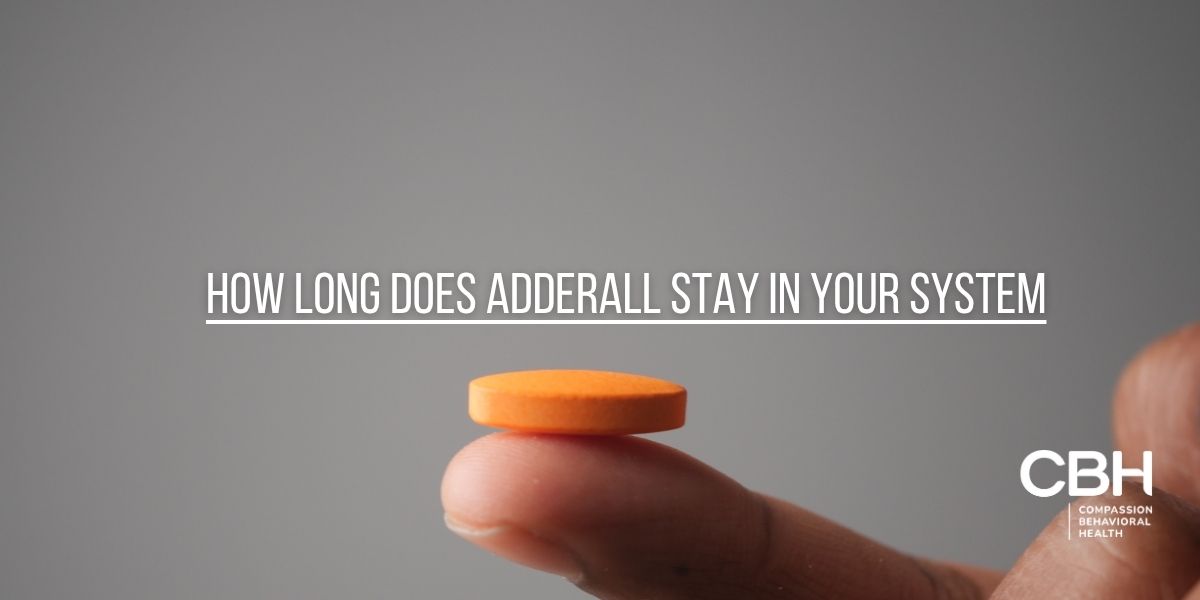There is no single cause of alcoholism. Each person that ends up struggling with this form of substance abuse has their own unique story.
As the Cleveland Clinic excellently states, alcohol use disorder (or alcoholism) is a medical condition where a person is unable to control their heavy or frequent drinking. They continue to drink in an unhealthy manner despite knowing that their behavior could result in negative or devastating consequences.
Alcohol disorders develop when a person’s drinking habits cause chemical changes in their brain. The progression into a full addiction is usually gradual and withdrawal from alcohol can produce physical symptoms.
According to data from the World Health Organization (as of 2021):
- Worldwide, 5.4% of the population aged 15 years and older had alcohol use disorder.
- Harmful use of alcohol results in 3 million deaths each year globally, which represents 5.3% of all deaths.
[ctabox]Do you or a loved one exhibit the warning signs of alcoholism?[/ctabox]
Today, we’re going to cover 10 common causes of alcoholism. While there is no universal indicating factor to one’s risk level, there are some factors that have historically been known to contribute to developing the disorder.
Warning Signs of Alcoholism
If you are concerned about identifying the signs of alcoholism for yourself or a loved one, here are some warning signs from the Mayo Clinic to keep in mind:
- Inability/unsuccessful attempts to limit alcohol intake
- Spending excessive amounts of time drinking, obtaining, or recovering from alcohol
- Experiencing strong alcohol use disorder
- Drinking has interrupted home, school, or work-life
- Continuing to drink despite knowing the consequences
- Limiting or erasing activities, hobbies, or interests from one’s life
- Drinking alcohol in unsafe situations like driving a vehicle
- Developing a high tolerance for alcohol that requires a high number of drinks to produce the desired effect
- Experiencing withdrawal symptoms and/or drinking to avoid them
Beyond these symptoms, drinking alone is also a major warning sign. If a person feels the compulsion to drink outside of social settings, this can indicate that they are starting to develop alcoholic behavior and may need an intervention.
1: Stress Relief
Whether at home, at work, or in any other environment that causes stress, some people will have a drink to unwind and relax. A drink can help some relax and calm down at the end of a chaotic day. However, for those who develop an alcohol use disorder, this becomes a coping mechanism and turns into a maladaptive, repeating pattern. The number of drinks and the frequency of drinking steadily increase.
2: Family History
On both a genetic and environmental level, family history can contribute to alcoholism. Research has shown that the two genes ADH1B and ALDH2, which control alcohol metabolism, are key factors in developing alcoholism along with several others.
Some who do not have genetic risk factors may develop alcoholism if raised in an environment that encourages or normalizes maladaptive drinking behaviors. A person who engages in these practices may also develop alcoholism.
3: Personal Choice
Long before we understood the true medical nature of alcoholism, there was a longstanding debate. Is alcoholism a choice or a disease?
Above, we mentioned how science tells us that alcoholism is indeed a medical condition. However, a person who has not yet developed a biological dependence on alcohol may still choose to drink maladaptively despite being aware of warning signs or personal risk factors.
For example, disordered drinking is excessive and often costly, and is commonly referred to as binge drinking. While this may not always meet the clinical criteria to be considered alcohol dependence, these patterns of behavior still pose a significant risk factor to one’s physical or mental health.
This illustrates how important it is to manage alcohol intake. If individuals are able to monitor their alcohol intake in a healthy, recommended manner, this can prevent them from experiencing the many potential hardships that can follow alcohol abuse.
4: Mental Health
People who are experiencing other mental health conditions like bipolar disorder, post-traumatic stress disorder (PTSD), depression, OCD or anxiety can be at an elevated risk for developing alcoholism as a co-occurring disorder. Many people turn to alcohol to help lessen the symptoms of their condition and repeated drinking can increase one’s tolerance. This ultimately results in drinking more to produce the same feeling, which can eventually develop into alcoholism.
In these cases, a person is often treated with a dual-diagnosis approach. The mental health professional focuses on treating the underlying mental health condition alongside helping the person recover from alcohol addiction.
5: Unsupervised Underage Drinking
It’s not unusual for young people to want to drink before the legal age of 21. Peer pressure, wanting to fit in socially, and a desire to feel more mature than one’s actual age are common motivating factors for a young person to try alcohol. Most teens and underage young adults who abuse alcohol engage in binge drinking. Without close parental supervision and intervention, if necessary, these habits can lead to developing alcoholism later in the young person’s life.
6: Traumatic Experiences
Any number of traumatic experiences can place a person at risk for developing an alcohol disorder. For example, a military member who had survived a gruesome wartime event may turn to drinking alcohol because they are unable to healthily process their memories. These practices are highly maladaptive and can progress to alcoholism the more a person forms an emotional dependence.
A trauma-informed counselor can help an individual process their underlying trauma so that they can live a more fulfilling and emotionally healthy life. Additionally, the person receiving treatment can also address their unhealthy drinking behaviors and learn to adapt to triggering situations with more productive coping skills.
7: Self-Esteem Issues
A person who experiences feelings of low self-esteem or self-worth may start drinking alcohol more frequently to numb intrusive thoughts. When a person does not have a positive self-image, they may care less about the consequences of heavy or frequent drinking.
With interventions like cognitive behavioral therapy (CBT) a person who struggles with self-perception can learn to change the narrative about themselves, learn to realize their potential, and take actionable steps to achieve a more positive perspective. Instead of relying on alcohol to numb their pain, they can instead act to replace those pain points in their lives with better decisions.
8: Increased Drinking Behaviors Over Time
The more frequently a person drinks, the more their tolerance may rise. This then requires a person to consume more alcohol in a single sitting to produce the desired buzz. After a period of this repeated behavior, it can develop into alcoholism.
Learn More About Alcoholism Treatment in Florida
At Compassion Behavioral Health, our team specializes in providing successful treatment programs to those struggling with a variety of substance abuse issues in Florida. To learn more about our programs, visit our Addiction Treatment page.



